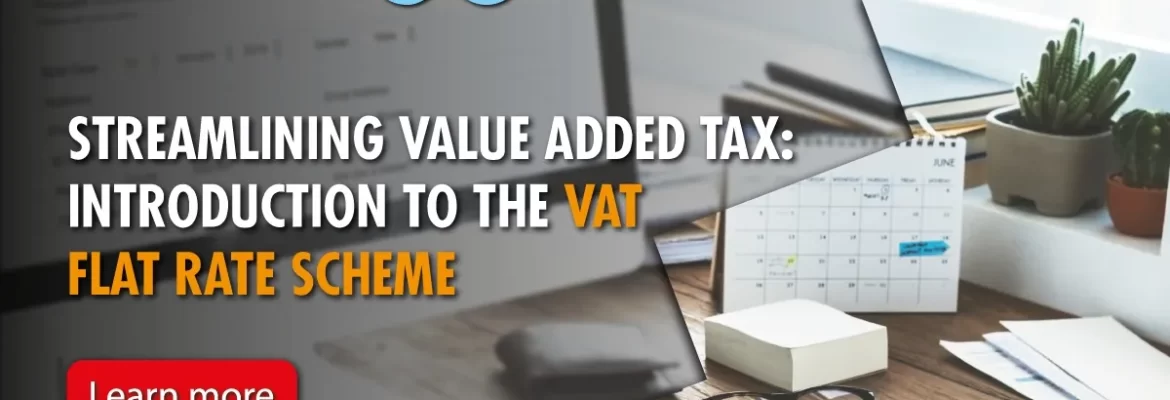VAT can be confusing for those who are self-employed, and it is understandable that they may overlook the issue. When you start your own business, you’ll be focused on getting established and growing the business. You will probably be below the £85,000 threshold for VAT registration when it becomes mandatory. You could of course register voluntarily […]



